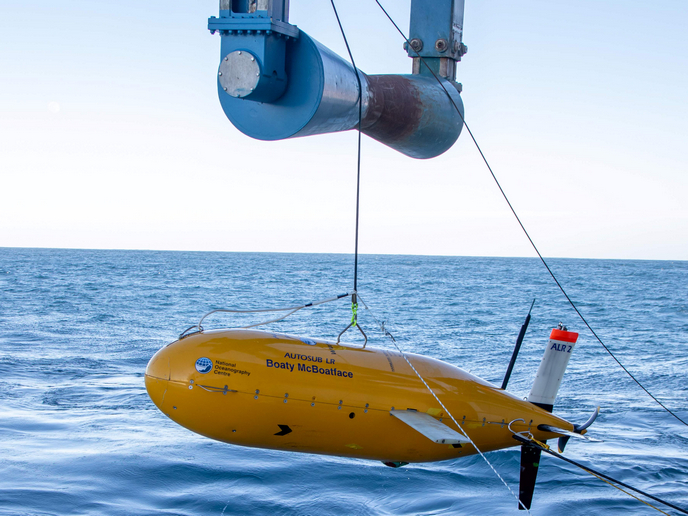Fertile ground for reducing water pollution
Fertilisers, whether chemical or organic, have helped boost agricultural productivity, and their use is likely to continue as food supplies become ever-more stretched. However, fertilisers contain nitrates, which run into the rivers and other waterways, polluting Europe's water supply if present in high enough concentrations. Tackling this challenge, which knows no borders, requires an EU-wide approach. That is why European leaders hammered out the Nitrates Directive to limit this form of water pollution. Despite achieving a number of successes, action needs to be taken to enhance the implementation of this Directive, especially in nitrate-vulnerable zones. The EU-backed 'Toolbox of cost-effective strategies for on-farm reductions in N losses to water' (N-Toolbox) project has developed cost-effective technologies that can be used by individual farms to protect water from nitrate pollution. The strategies formulated by N-Toolbox targeted the root causes of nitrate pollution. Not surprisingly, the project uncovered no 'magic bullet' to solve the problem. Instead, it identified 'networks of partial solutions' that, when combined, can provide substantial gains in term of nitrate conservation on farms. The decision tree developed by N-Toolbox is useful both to farmers and policymakers, helping to identify the most appropriate strategies for specific systems. For instance, innovative manure management systems could provide creative ways to reduce nitrate concentration. An example of this is anaerobic digestion which reduces manure volume, enabling the more targeted spreading of the residual material. In addition, N-Toolbox found that various nitrate monitoring, testing and modelling tools could take the guesswork out of fertilising. This would help farmers optimise their fertiliser use, thereby minimising nitrate run-off. N-Toolbox also tested various strategies from its catalogue in the four participating regions in order to compare and contrast the effectiveness of each. The project sought to document successes and failures to obtain a strong foundation for solving the problem of nitrate pollution. The experience from these case studies will be used to produce a blueprint for the deployment of the N-Toolbox approach at both farm and catchment levels.







